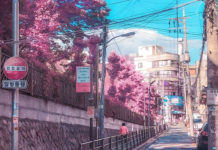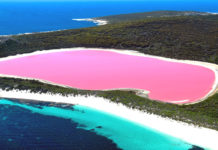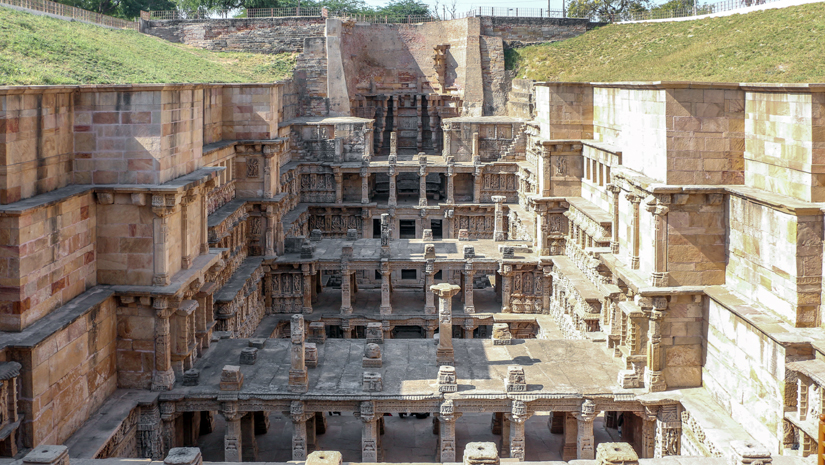Rani-ki-Vav, on the banks of the Saraswati River, was initially built as a memorial to a king in the 11th century AD. Stepwells are a distinctive form of subterranean water resource and storage systems on the Indian subcontinent, and have been constructed since the 3rd millennium BC.
They evolved over time from what was basically a pit in sandy soil towards elaborate multi-storey works of art and architecture. Rani-ki-Vav was built at the height of craftsmens’ ability in stepwell construction and the Maru-Gurjara architectural style, reflecting mastery of this complex technique and great beauty of detail and proportions.
Designed as an inverted temple highlighting the sanctity of water, it is divided into seven levels of stairs with sculptural panels of high artistic quality; more than 500 principle sculptures and over a thousand minor ones combine religious, mythological and secular imagery, often referencing literary works. The fourth level is the deepest and leads into a rectangular tank 9.5 m by 9.4 m, at a depth of 23 m. The well is located at the westernmost end of the property and consists of a shaft 10 m in diameter and 30 m deep.
History:
Widowed Queen Udayamati decided to build rani kivav in the memory of her husband kingBhimdev 1. Bhimdev was belonged to Solanki dynasty. Rani Udayamati has completed the construction of Rani Ki Vav in 1063. This amazing stepwell was built by Rani Udayamati and because of that this stepwell became famous as Rani Ki Vav.
After construction of Rani Ki Vav it was flooded by Saraswati River. Later on in 1980 Archeological Survey of India found the Rani Ki Vav with awesome carving. By looking at the construction of Rani Ki Vav it was renovated and it becomes one of the greatest historical place of India and Gujarat.
By: Archa Dave





























